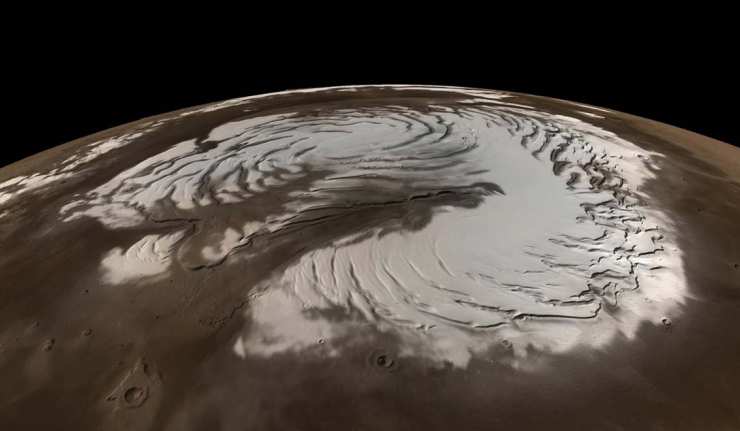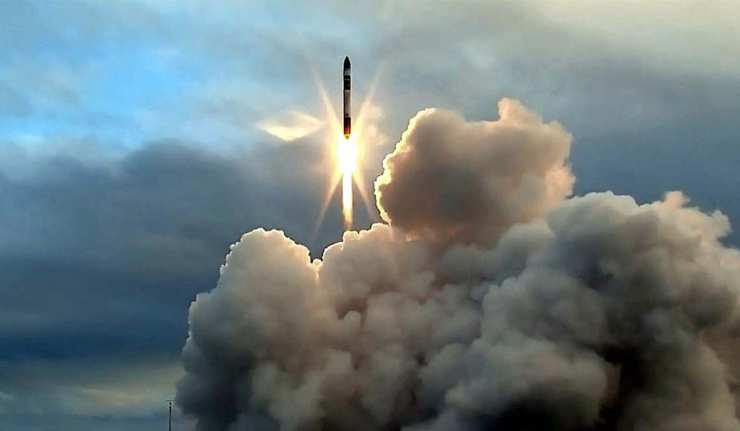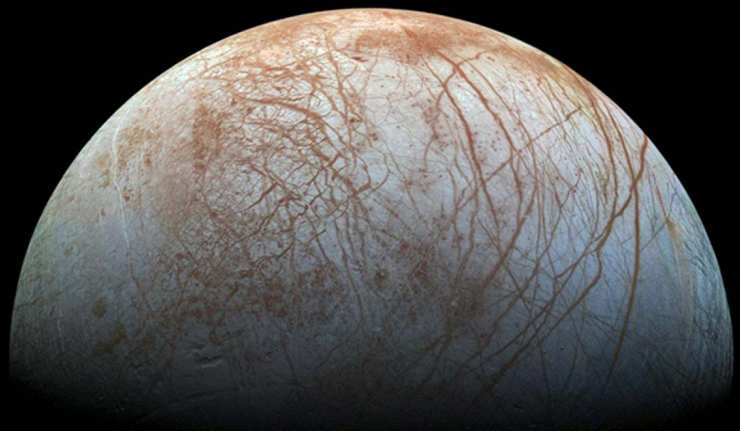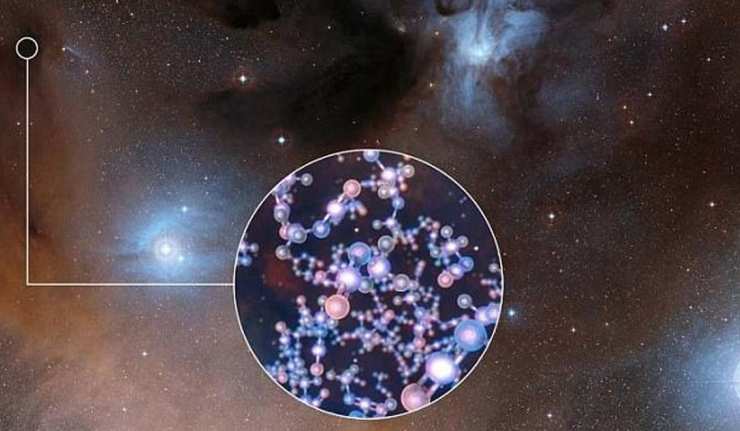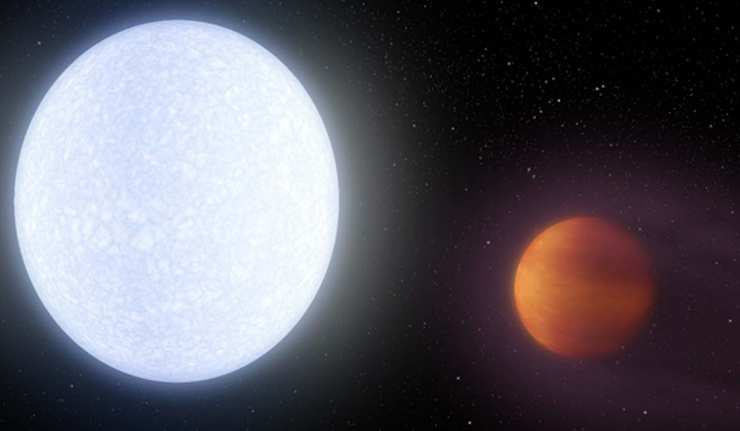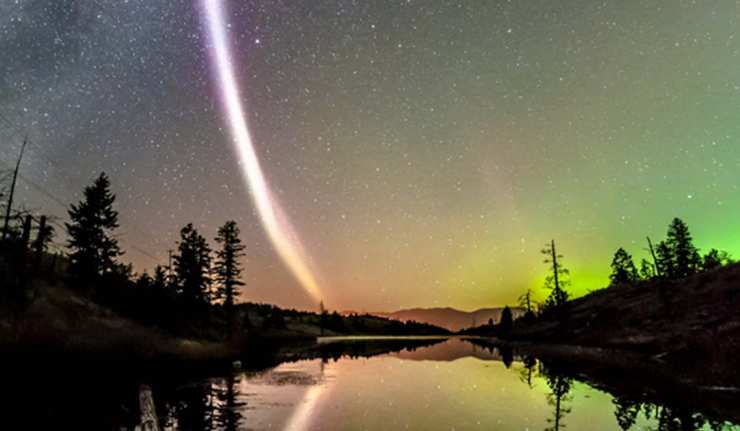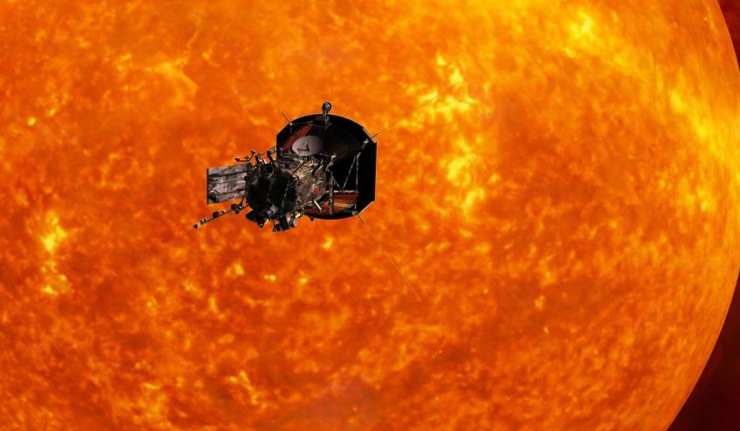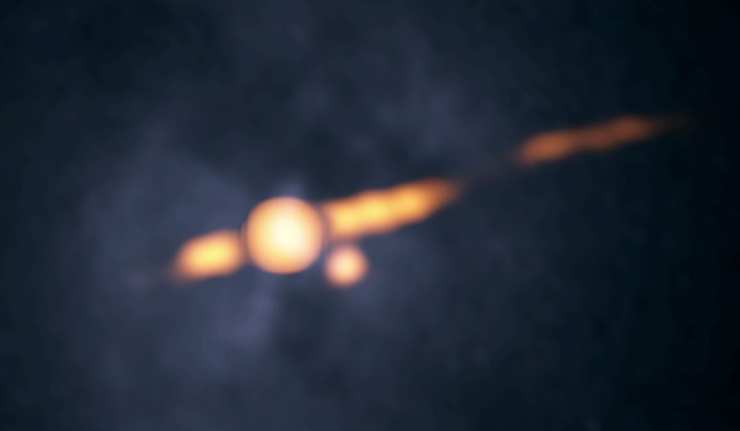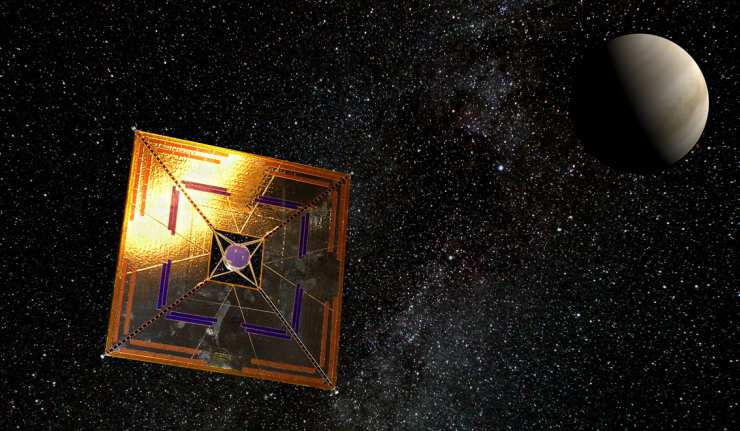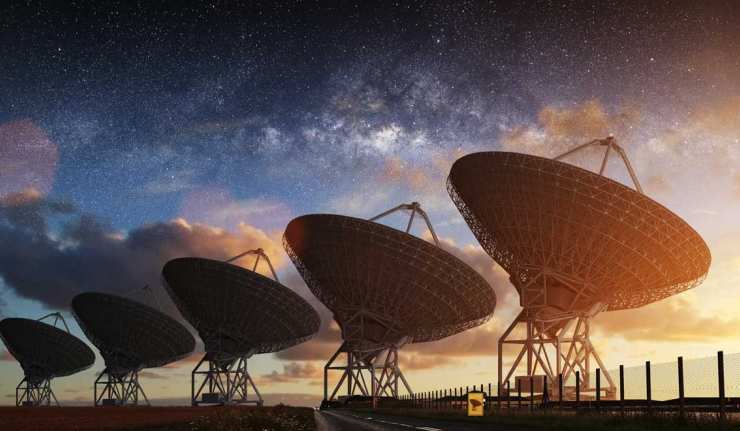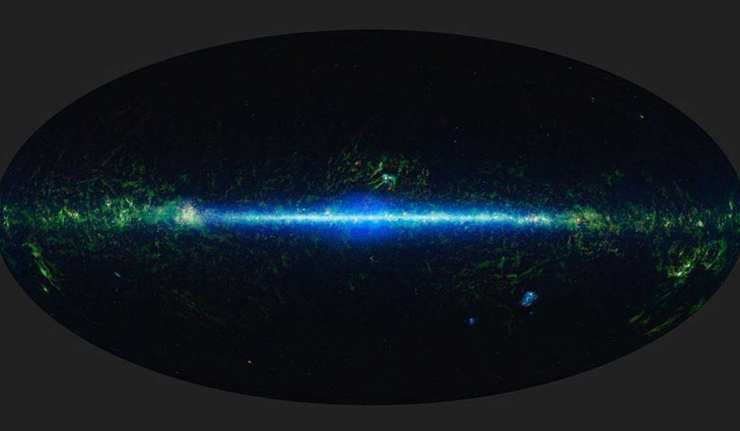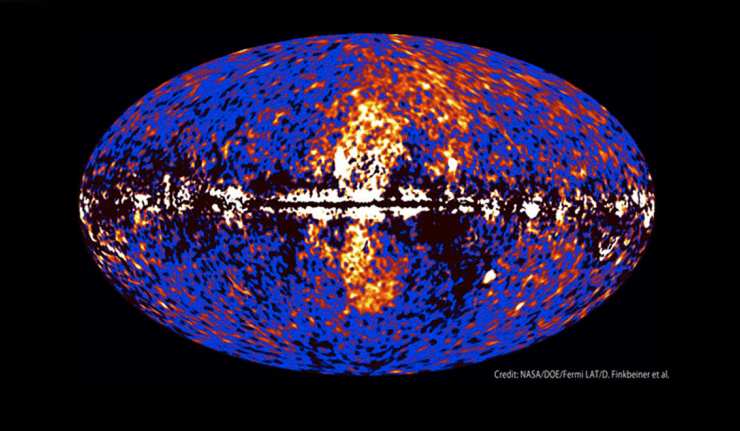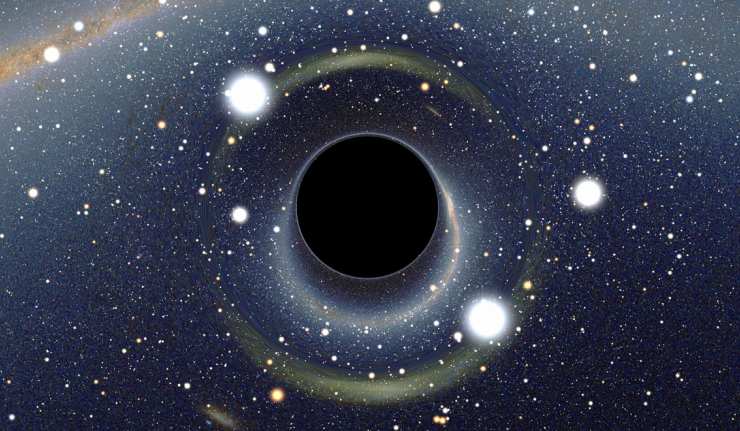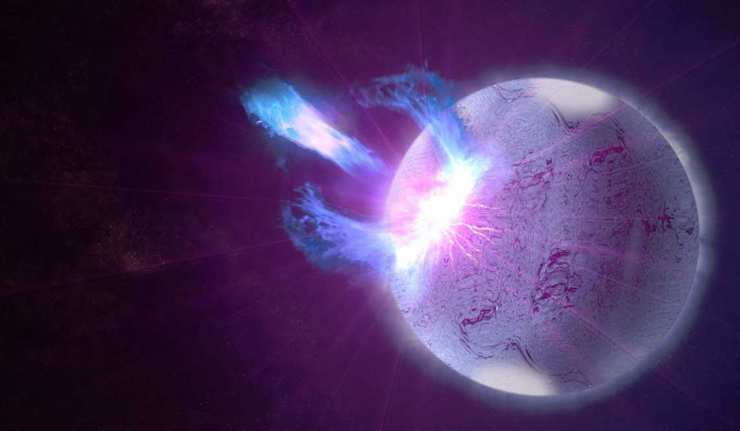Space
The Red Planet Turns White: Unexpected Snowstorms Discovered on Mars
In a major new study released this week, scientists have just discovered that as the sun sets on the planet Mars, it is sometimes subjected to harsh snowstorms which batter the Red Planet.
Object ‘Teleported’ from Earth to Space
The idea of teleportation is no more just in sci-fi movies or fiction books, it has become a real-world phenomenon! Also called teletransportation, this power is defined as the transfer of energy without traveling any physical space.
New Zealand Launches Battery-Powered, 3D Printed Rocket Into Space
The possibility of launching small satellites into orbit has just become more of a reality thanks to Rocket Lab, a company pioneering the production of low cost rocket launches. The company has just successfully completed the maiden mission of their rocket, Electron.
Rocket Lab’s aim is a bold one – to remove the barriers of conventional missions into space, making it far easier to access low Earth orbits. Conventional launches can cost around $60 million however Rocket Lab suggests an Electron launch will cost users $5 million, a significant drop in price.
Radioactive Decay Could Support Extraterrestrial Life
Could radiation really encourage life in icy bodies or the ocean-planets of our solar system? Scientists at San Antonio’s University of Texas, in collaboration with the Southwest Research Institute (SWRI) have welcomed the possibility of radioactive decay leading to the support of analogous microorganisms from resulting molecules.
The Building Blocks of Life: Stars Similar to the Sun Found to Contain Prebiotics
Many areas of the universe where stars form are also known to contain complex organic molecules. These molecules contain six or more atoms, with at least one of these being a carbon atom. A group of these complex organic molecules are known as prebiotics, the structures of which are closely linked to molecules essential for life, including amino acids and sugars.
Newly Discovered Gas-Giant Planet is Hotter Than Most Stars
An international team of scientists, including those from The Ohio State University and Vanderbilt University have just released their research into a newly discovered planet with some extremely unusual features.
Citizen Scientists Help Find Steve, A Phenomenon of the Northern Lights
Science is always surprising us, with new discoveries reminding us how much we still have to learn. Recently, a new feature of the northern lights was discovered, thanks to a group of citizen scientists.
A Mission to Touch the Sun: NASA Announces the Parker Solar Probe
NASA has just announced further details about their new mission to fly into the sun’s atmosphere.
New Object Revealed Near Center of Cygnus A Galaxy
Although the galaxy of Cygnus A might be around 800 million light years away, it provides one of the strongest sources of radio waves in our universe.
The Very Large Array (VLA) radio telescope located in New Mexico has previously been used to observe Cygnus A since the telescope was built in the 1980s. Cygnus A was observed again by the same telescope in 1996 but after that it wasn’t observed again until 2015 after the telescope had been given an upgrade.
Starshot: SETI’s Nano spacecraft Initiative
In an earlier article, Evolving Science wrote about the Search for Extraterrestrial Intelligence (SETI) and their mission to scan for signs of life in the farthest reaches of our galaxy. Breakthrough Listen is the newest initiative by SETI to use radio telescopes to listen to our nearest galactic neighbors as well as distant galaxies. What they are listening for are narrow bandwidth signals that stick out from the background radiation of the universe, preferably from a star system that can support life.
SETI and the Search for Other Life
One of my favorite movies in the science genre is 1997’s Contact. The novel that it was based off was written by noted astrophysicist Carl Sagan and the movie had a good mix of fact and fantasy that actually seemed credible. Jodie Foster’s portrayal of Dr. Ellie Arroway, a scientist for the Search for Extraterrestrial Intelligence (SETI), was phenomenal.
Mosaic-3: Accelerating Our Understanding of Distant Galaxies
A new camera called Mosaic-3 is in place at the Kitt Peak National Observatory in Arizona, and is now halfway through completing a two-year mission to record images of far-off galaxies and stars. The upgraded camera now includes light sensors developed at the U.S Department of Energy’s Lawrence Berkeley National Laboratory, making it one of the best tools we have to study outer space.
Fermi Bubbles: Helping Us Understand Our Galaxy Better
The Fermi bubbles were discovered as recently as 2010, and are comprised of two gamma-ray emitting bubbles expanding 25,000 light-years north and south of the black hole located at the centre of our galaxy, the Milky Way. Whilst the nature and origin of the bubbles was poorly understood at first, astronomers now believe they are due to the release of gases the last time this black hole consumed a large amount of gas.
Supermassive Black Holes: Creating Winds That Shape Our Galaxies
Supermassive black holes are located in the centre of large galaxies. These black holes are millions of times larger than our own sun, and sustain their existence by ‘feeding’ off the gases around them. This activity can be observed using space telescopes, and is characterized as bright emissions, including x-rays, emanating from the innermost part of the disc surrounding the black hole.
Starquakes: Shaking Up Our Knowledge of Stars
Much like seismologists use earthquakes to gain a better understanding of Earth, astronomers can also study the interior conditions of stars using an approach called asteroseismology. Using this technique it is possible to gain a better understanding of the evolution and structure of stars through studying their oscillations.
Pages
- « first
- ‹ previous
- 1
- 2
- 3

